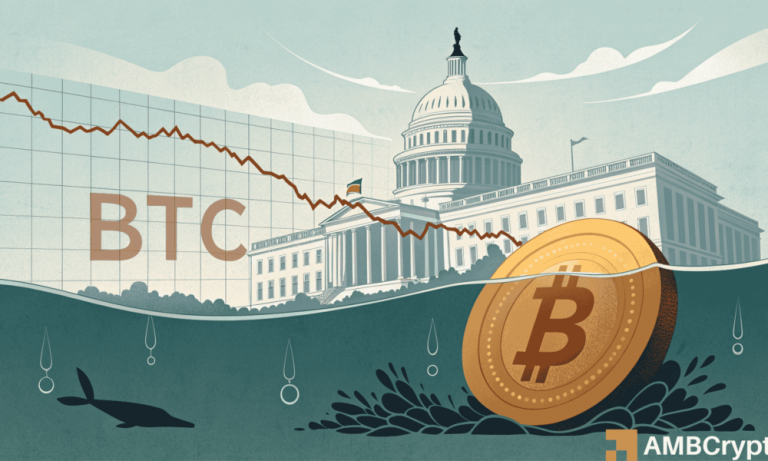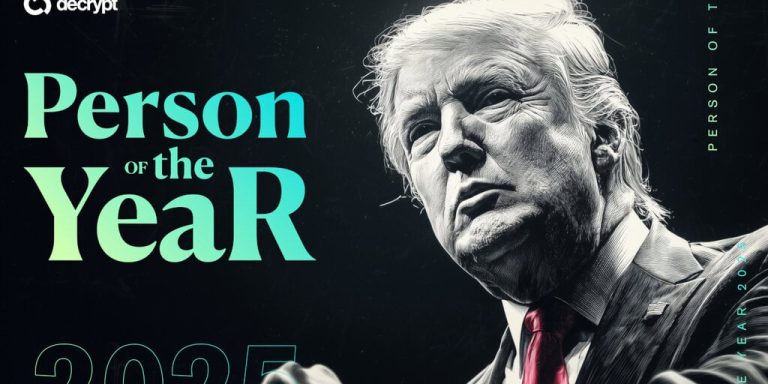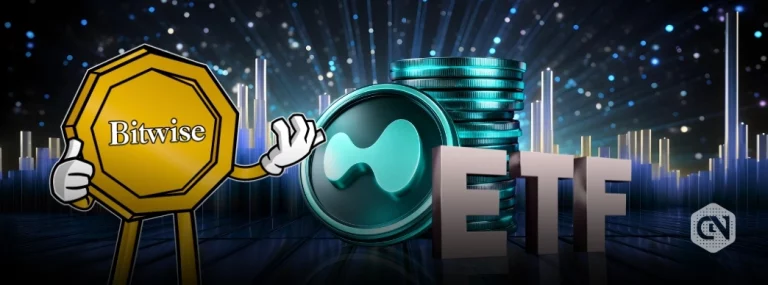
The Game-Changing Role of Stablecoins in US Debt Financing
Stablecoins are making headlines as key players in the financial world, reshaping traditional debt markets. Recently, a game-changing law, the Guiding and Establishing National Innovation for US Stablecoins (GENIUS) Act, has turned stablecoins into invaluable tools for the US government. By mandating issuers to back every stablecoin with US dollars or Treasury bills, the Act has unlocked an innovative way for the government to sustain its debt while stabilizing the digital finance ecosystem.
How Stablecoins Contribute to US Treasury Purchases
From July to November 2025, the stablecoin market skyrocketed from $200 billion to $309 billion. This surge led to a staggering $109 billion in US Treasury purchases by stablecoin issuers, who are now legally required to buy Treasury bills equivalent to the value of each issued stablecoin. As a result, an automatic, continuous demand for federal debt has emerged, reducing dependency on traditional bond auctions.
The GENIUS Act introduces stricter regulations, ensuring stablecoins are entirely backed by liquid assets like cash or short-term Treasuries, excluding corporate bonds and bank deposits. This move not only strengthens stablecoin reliability but also converts them into engines for government debt funding.
The Economic Impact of the GENIUS Act
According to Treasury Secretary Scott Bessent, stablecoins represent a pivotal innovation in digital finance. He predicts the stablecoin market could grow to $3 trillion by 2030, potentially saving the US government $114 billion annually on borrowing costs. This would translate to a $900 reduction in expenses for every US household.
Studies by the Bank for International Settlements suggest that a $3.5 billion increase in stablecoin market capitalization can lower government borrowing costs by 0.025%. At a projected market size of $3 trillion, the US could enjoy significant fiscal savings, reshaping global finance in the process.
Shifting Regulatory Oversight of Stablecoins
The GENIUS Act also reassigns regulatory control of stablecoin issuers from the Federal Reserve to the Treasury Department’s Office of the Comptroller of the Currency (OCC). This shift empowers the Treasury to oversee stablecoin regulations, enhancing its influence on financial stability and debt management.
Recognizing the potential of stablecoins, institutions like JPMorgan have adapted by accepting digital assets like Bitcoin as collateral. These moves reflect the increasingly interconnected nature of cryptocurrency and traditional finance.
What’s Next for Stablecoins and the US Economy?
The Treasury Department has launched a public comment period to refine guidelines for the GENIUS Act, signaling ongoing adjustments to this groundbreaking legislation. As stablecoins approach trillion-dollar market levels, their role in federal debt financing will continue to reshape both the US economy and global financial systems.
Looking to Manage Finances with Stability in Mind?
If you’re venturing into the world of cryptocurrency or decentralized finance, consider using stablecoins for enhanced liquidity and minimized risk. For example, Tether (USDT) offers a reliable stablecoin pegged to the US dollar, ensuring value preservation amidst market volatility.




